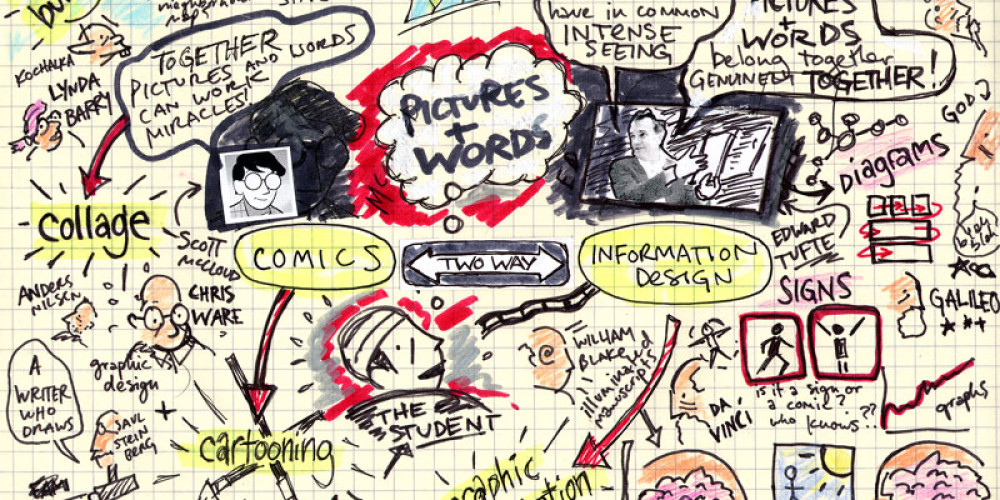Content marketing is the rage in marketing today. Everyone is claiming that traditional marketing and advertising are dead. To succeed in business today you need content and you must market it. All you need to do is crank out a ton of content, share it on social media, sit back and watch prospects flock to your mHealth website, shower you with sales, and flood your bank account with cash.
Yes, everyone wants to jump on the content marketing bandwagon, yet few take the time, and do the hard work, to create a content marketing strategy. Creating more content is the challenge marketers constantly face, but if you have no clue what content to create and how to promote and market this content, it’s a crap shoot to know if it’s really helping you grow your business.
Before you rush into a content creation frenzy, let’s look at the 3 keys you need to put in place to make sure your mHealth Content Marketing is built upon a solid foundation.
mHealth Content Marketing Strategy: 3 Keys
1. Know WHY You’re Creating Content
Knowing your WHY is the key to creating your unique mHealth marketing story. Knowing the more practical reasons WHY helps build the foundation of your content marketing.
From a practical standpoint, you have a number of key marketing activity metrics. These are your business WHYs. They are your basic business goals. They are the key metrics that tell you if your marketing is working, or where you need help.
Several key metric-related marketing activities and goals you may have are:
Lead Nurturing and Conversion- Once you’ve convinced a visitor to exchange contact information for valuable content, you have permission to market to this prospect. The visitor becomes a prospect and enters your marketing and sales funnel.
Customer Retention and Loyalty- Just as you have a content strategy that drives how you move visitors to prospects to buyers, it’s wise to turn satisfied buyers into passionate advocates for your mHealth apps and digital health services. Content needed to accomplish this goal may include client newsletters, educational blog content, special client webinars, or even in-person client appreciation events.
Client Development and Up-Sells- Perhaps you have a series of products or services to offer your buyers. Use content to further educate about your products and services and build the relationship with your clients.
In each of these three areas the key takeaway is that the content must help you:
1. Increase Revenues
2. Lower Expenses
3. Create Happy, Satisfied Clients
The goal of conetnt marketing isn’t to land search engine rankings, generate more Facebook “Likes”, or more Tweets. Those are simply indicators of your content’s effectiveness. The true payoff of content marketing must track back and deliver real business results.
2. Nail Down Your Buyer Personas… and Audience
Everything you do begins and ends with your buyers. Your content revolves around the problems and desires of your buyers.
But, your audience for your content is more than your buyers. The buyer of your mHealth solution might be the Chief Information Officer in a hospital, but doctors, nurses, and other hospital administrative staff will influence the purchase. In addition, other industry thought leaders and peers, even your competition, has the ability to share and promote your content online. So, while you want your content to hit home with your buyer personas, your content gains power when it appeals to an audience beyond your buyers.
Gain an understanding and develop audience persona descriptions for all audiences. While your audience personas don’t need to be a detailed as your buyer personas, it’s important to understand what makes these people tick too.
Ask these questions:
1. WHO are they? How do they spend a typical day?
2. WHAT are their needs? What problems are they looking to solve? What information are they looking for that addresses their pain points that relate to the stories you will tell?
3. WHY do they care about you? Always remember, they don’t care about your products and services. They DO care about solving their problems or getting what they want. How will your content grab their attention and get them to care about what you do?
3. Mission Control
After you’ve figured out WHY you need content and WHO is the audience for your content, now it’s time for a content mission statement. It’s not about you and your products and services. It’s what information your buyers and audience needs.
Your Core Audience- It might be hospital CIO and front-line healthcare staff for your in-hospital mHealth communications services.
What content will you deliver? Useful, practical, educational information that recognizes the challenges of communications among staff within a hospital and provides insights, resources, and inspiration of a better way.
The outcome for your audiences? A better, more effective, more efficient, less stressful way to deliver healthcare.
Your content Mission Statement will guide what content you will and will not create.
Now you’ve built a foundation.
Most mHealth content marketing efforts suffer from fuzzy goals, ill-defined audiences, and lack a real understanding of the audience’s pain points during the content creation process. Follow these three keys points your mHealth marketing inn the right direction and eliminates frustration.
While there are lots of moving parts in building a sound content marketing strategy, having a sharp focus on your “whys,” your buyer and audience personas, and your content marketing mission will point you in the right direction.
Download the guide below to create compelling content and boost your mobile health marketing efforts.
photo credit: Margot Trudell via photopin cc









3 thoughts on “3 Keys to mHealth Content Marketing Strategy”